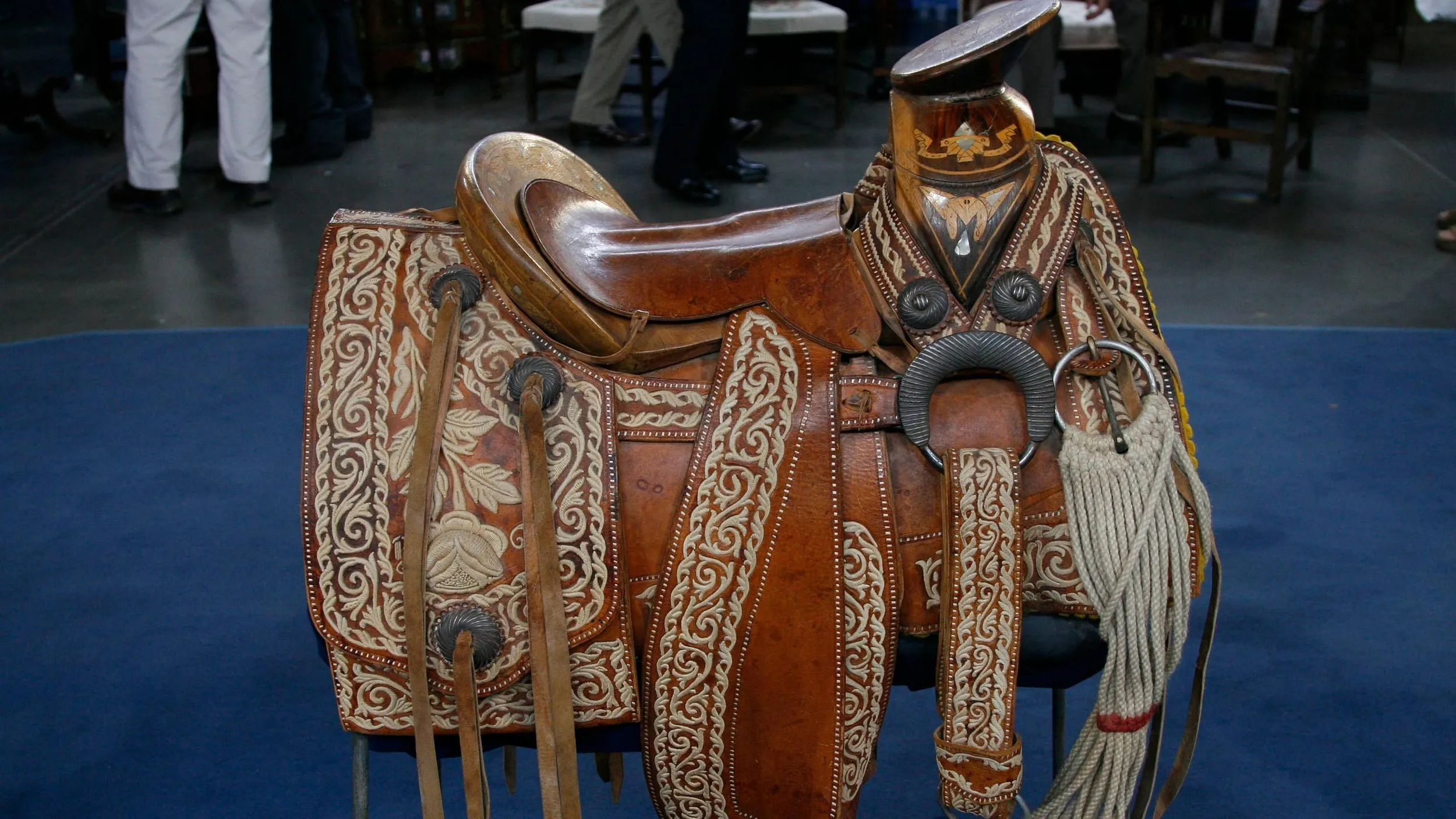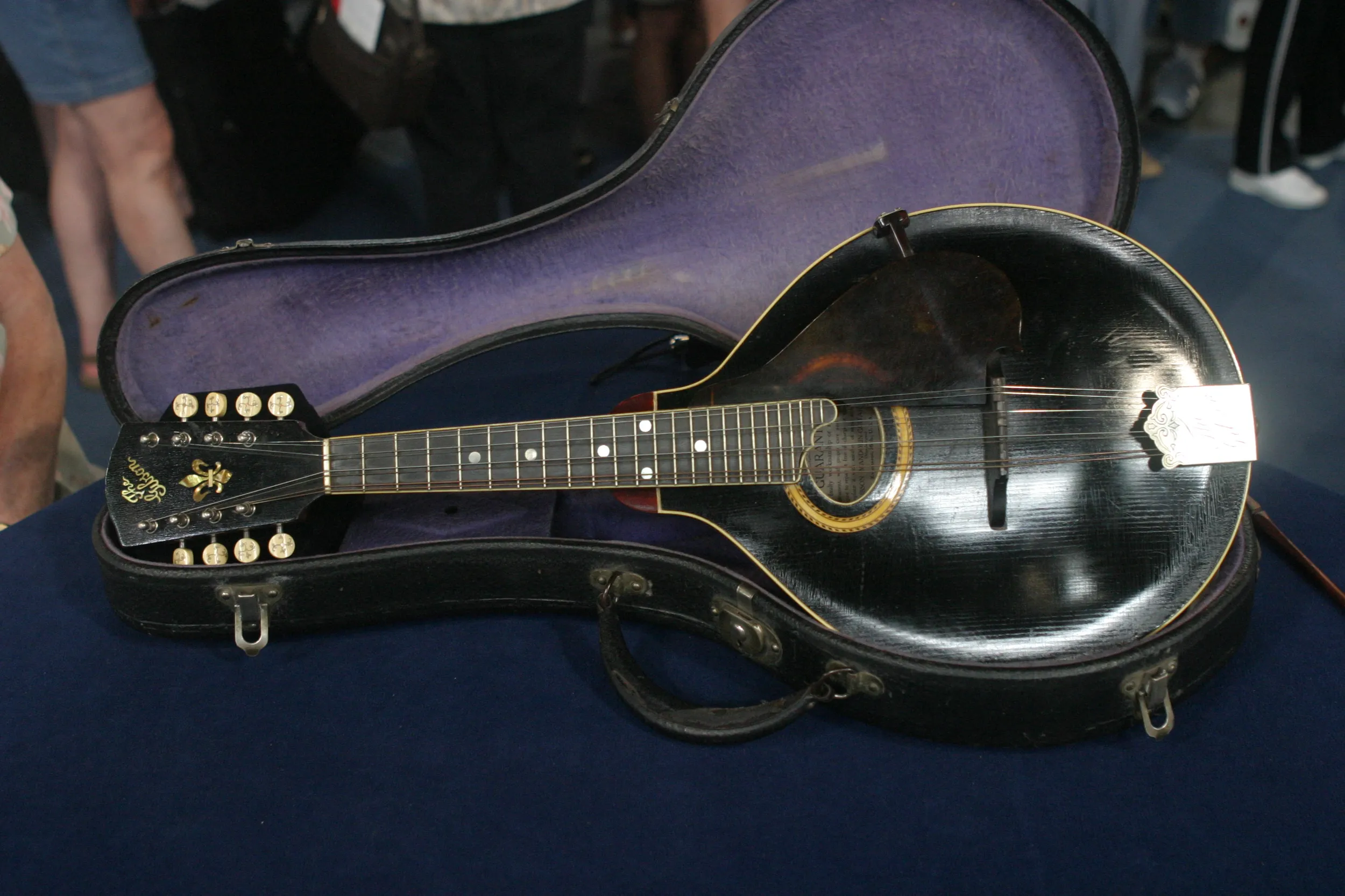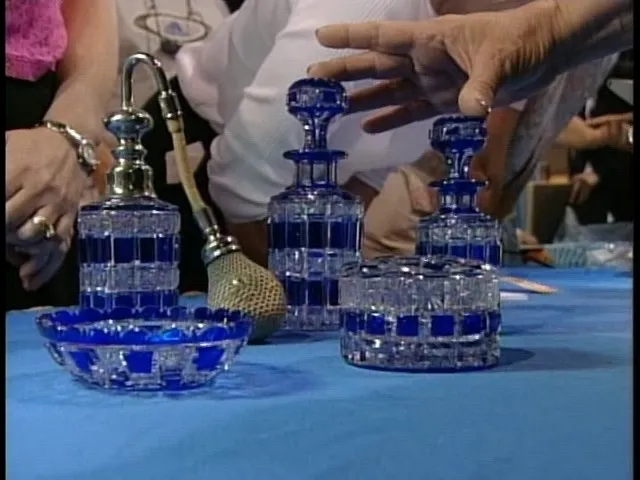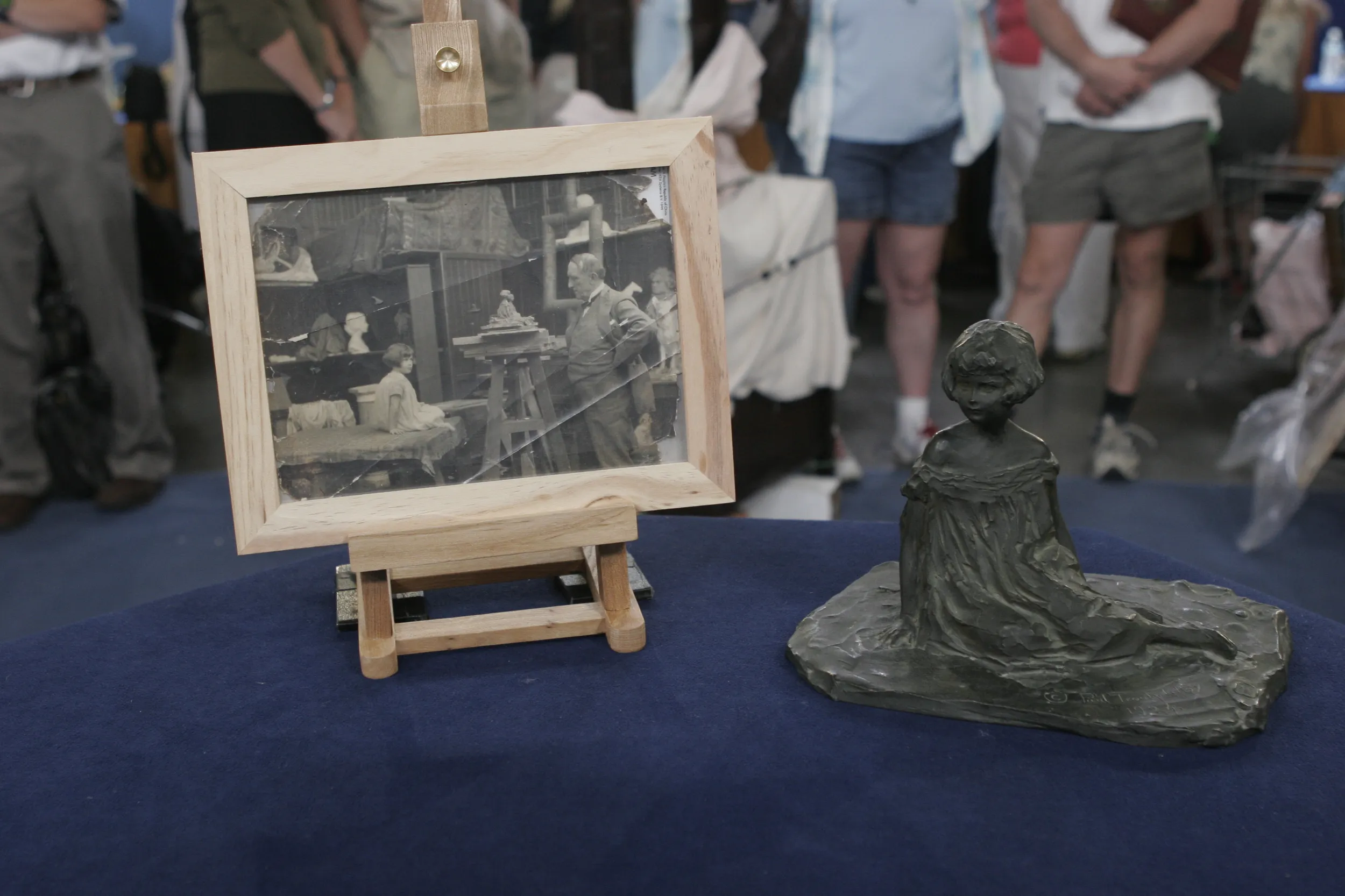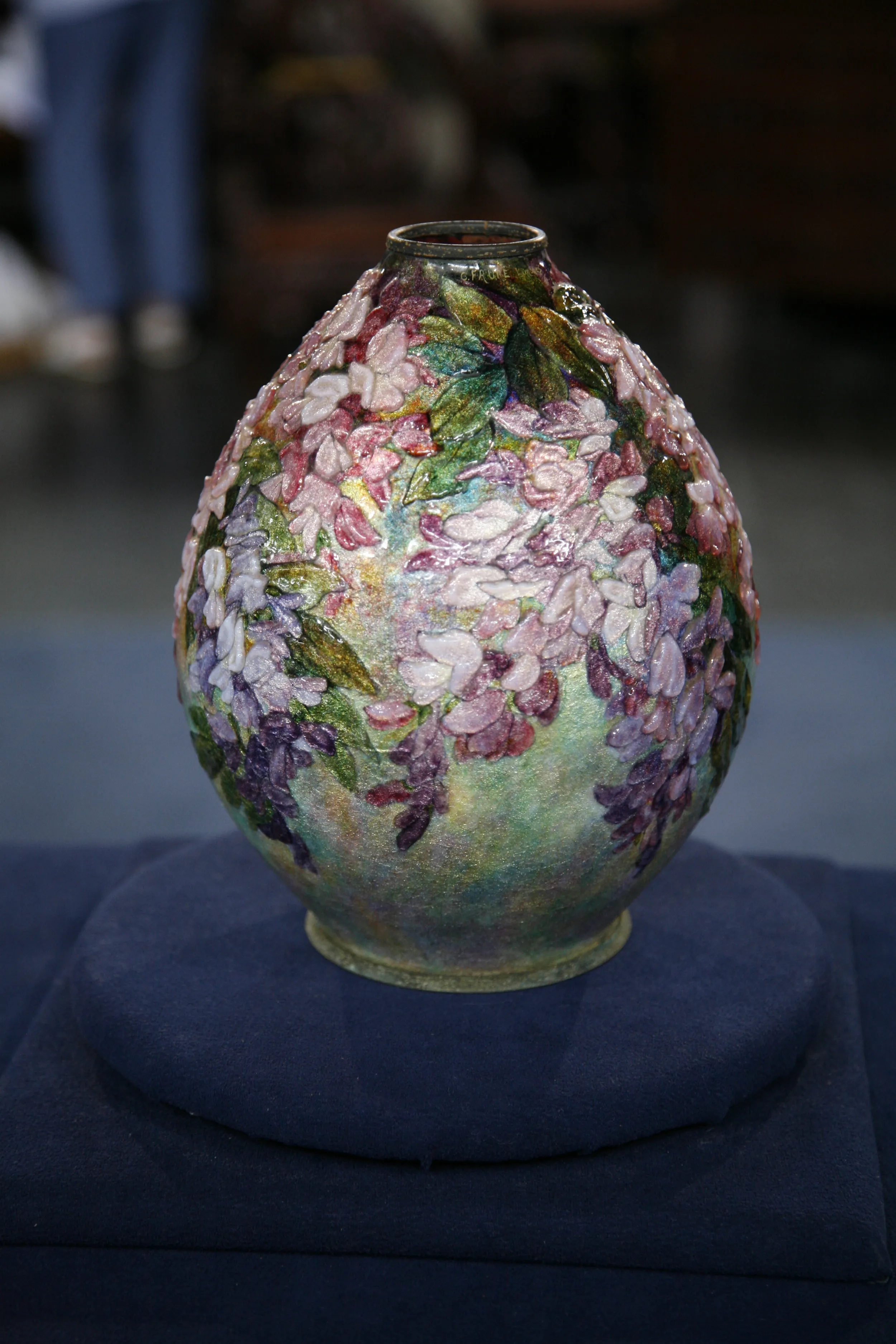APPRAISER: Tell us how your family got it.
GUEST: I think it was an estate sale or an auction. Long Island, New York.
APPRAISER: It was your dad?
GUEST: My dad.
APPRAISER: And so, about what time would that have been?
GUEST: I know it's been around over 50 years.
APPRAISER: 50 years.
GUEST: So, yeah.
APPRAISER: Okay, so did your dad tell you anything about the piece?
GUEST: No.
APPRAISER: All right, this stool is from Ghana.
GUEST: Mm-hmm.
APPRAISER: There's two tribes that do these stools.
GUEST: Mm-hmm.
APPRAISER: The Ashanti and the Fanti. This particular stool is from the Fanti. This piece was not made for tribal use. This piece was commissioned, 1910 to 1930, by a colonial for a Fanti carver to carve this for him. There's a couple of ways that we know that.
GUEST: Hmm.
APPRAISER: The colonials were a little bit taller, so the stools are bigger. Now, these stools, in a traditional context, are for prestige and status. Only the wealthy people could have these in their homes. So, ironically, you have a colonial commissioning a piece for exactly the same reason-- as a prestige piece for his home. Now, in African art, we have decorative pieces, we have reproductions, we have fakes, we have folk art. Since this is a piece that is commissioned for sale, it's not a fake. I really look at these now more as folk art. And this is really a terrific example of a Fanti stool. The elephant is a symbol of power. We have inlaid eyes. We have one little problem on the back here. We do have one broken tusk. Now, that's going to detract a little bit from the value.
GUEST: Mm-hmm.
APPRAISER: Now, one other thing that I want to show. If we look down here, we can see that we definitely have wear on the seat. In African art, once we know what something is-- whether it's a mask, a stool, a figure-- we want to see a wear pattern that is appropriate for that kind of object. This has been used in your family.
GUEST: Yes.
APPRAISER: And that's great. So we have a terrific piece here, beautifully carved. In my gallery, this would be $600 to $900.
GUEST: Okay.
APPRAISER: In the decorative market-- that is, if somebody had this in a decorative center or a designer came in, and then the designer put it into a home-- it could be $1,000 to $1,500.
GUEST: Really?


